Can AI create the best maths worksheet ever?
Putting Gemini to the test to use the Pointon and Sangwin question classification
Eedi has had a summer makeover, making it easier than ever to plan, check, and fix student misconceptions. Our platform now helps you uncover, resolve, and act on misconceptions in just a few clicks, saving you time while giving every student the support they need. Try it for free, and keep using it for free too. Watch a video demo here
Long-time readers may remember a post from a year ago about the Best Maths Worksheet Ever.
As a quick reminder, the inspiration comes from the classification scheme proposed by Pointon and Sangwin in their paper An analysis of undergraduate core material in the light of hand-held computer algebra systems. You can read an analysis of the paper here. The classification looks like this:
Middleton Maths on TES has done a fantastic job of creating worksheets based on this classification for (at the time of writing) 12 topics, including direct proportion:
And interior angles in polygons:
Lovely, hey?
These worksheets can be used as consolidation practice, revision, end-of-unit assessments, or homework. The variety of question types ensures a more reliable check of student understanding than most resources provide. I would love to have such a worksheet for every topic.
The problem is that these worksheets are hard to produce. So, I wondered if our good, old friend AI could lend a hand…
The Prompt and the Process
As we know by now, the output of the AI models lives and dies on the prompt we provide. After many back and forths, here is the one I settled on:
I am going to share a research paper with you by Pointon and Sanwin called An analysis of undergraduate core material in the light of hand-held computer algebra systems. In the paper, the authors propose a way of classifying questions into 8 cateogries:
Factual recall
Carry out a routine calculation or algorithm
Classify some mathematical object
Interpret situation or answer
Proof, show, justify—(general argument)
Extend a concept
Construct example/instance
Criticize a fallacy
I will also share with you some examples of worksheets that apply this categorisation to various maths topics.
I would like you to study the research paper and these examples, and then I will ask you to create a worksheet of similar quality, applying the same principles, for another maths topic.
If appropriate, please include images in the questions
I would like the output to written in latex, and for the resulting worksheet to be well formatted, with no questions crossing over a page.
Please also include the answers on a separate page.
Do you understand?
I used Google’s Gemini 2.5 Pro model, which I had a free trial of. Claude and ChatGPT should yield similar results.
Notice that I shared both the research paper and some examples of the kind of output I was looking for (the Middleton Maths worksheets from above). Like a good explanation in the classroom, exemplification is key in good prompt design.
Notice that I also requested the output to be in LaTeX. The current versions of AI chatbots struggle to produce nice-looking mathematical expressions and images natively. Taking inspiration from math teacher Duncan Grantham, I pasted this LaTeX code into Overleaf, enabling me to see the finished product and export it as a PDF. It is free on Overleaf to do this. If any of this sounds complicated, it is worth noting that I had not heard of either LaTeX or Overleaf before starting this, and within 15 minutes, I created the outputs below. I have written a step-by-step guide on how to do this here.
Topic #1: Number bonds to 100
I thought I would start with an easy one. No diagrams or tricky expressions needed. Here is what Gemini produced:
Gemini also produces step-by-step solutions for each question. For example:
I think these questions are great, especially the classification and proof ones. I am also impressed by the variety of questions within the relatively tight constraint of Number bonds to 100.
Topic #2: Solving linear equations
Let’s step it up with linear equations, where formatting matters. Here is what Gemini produced:
Again, I am impressed. First, the questions look great. Second, the variety is impressive. You probably wouldn't use these questions with your Year 7 class - notice the implicit quadratic in Q3 and modulus function in Q6! - they are more suited to, say, Year 10 revision of linear equations. However, if you went back to Gemini and asked it to make the worksheet more accessible, or better still, highlighted the specific questions you would like it to change, it would be happy to accommodate.
Topic #3: Area of a triangle
Now the real test - a concept where images are necessary. Here is what Gemini produced:
Again, the questions look fantastic. This is only possible via the use of LaTeX. Let me show you what the diagrams in Q2 looked like initially:
I went back to Gemini and asked it to include redundant lengths in the diagrams to ensure that students can’t get away with simply multiplying any visible numbers together, and instead have to think hard about which lengths are needed.
A reflection on the resources
Overall, I am impressed. When working with AI, I am looking for it to do two things:
Save me time
Enable me to do my job better
I think here it does both.
When used this way, Gemini immediately produces an output that gets me about 80% of the way to something I would happily share with students. Along the way, it comes up with ideas I would struggle to come up with myself.
Sometimes, the images don’t look quite right, or a particular question is inappropriate. In these cases, you can go back to Gemini, report the issue, and it will update the code, which you can then paste into Overleaf. Such back-and-forth gets you about 90% of the way there.
The output will never be as good as what MiddeltonMaths produces—and indeed, without those examples to train Gemini, the output would have been much worse. However, if we don’t expect perfection and dedicate time to studying the output and making adjustments, we can build a bank of valuable resources to support our students’ learning.
Teacher development
Let’s end with a bigger question—is this good for teacher development? Any teacher reading this post, regardless of their experience, can paste in my prompt, follow the steps above, and end up with similar worksheets for any topic they might be teaching.
Is this any better or worse than finding a worksheet online or grabbing one from the department's shared area? It depends on the quality of the alternative resource and whether the teacher takes the time—and crucially, has the knowledge—to go back and forth with Gemini to improve the quality of the AI-generated version.
Is this better than the teacher sitting down, trying to write a resource like this from scratch? It is certainly quicker, and so long as the teacher uses the time they save for lesson preparation - ie working through each question themselves - then the teacher should arrive at a lesson with a resource they have thought hard about how to use. The worksheet is also likely of a higher quality than something an inexperienced teacher, no matter how long they took, could produce on their own - I look back at some of the resources I created in the first 5 years of my career and want to cry. But is that messy, inefficient, poor-quality resource creation a necessary process teachers must go through to build up their knowledge and experience of what an effective resource is? Is the only reason I feel I get a lot out of working with Gemini to build these resources because I have spent nearly 20 years creating my own? Will AI used this way deskill the profession, ultimately negatively impacting student learning?
As ever, I would love to hear what you think.
Would you use this output with your students?
What do you agree with, and what have I missed?
Let me know in the comments below!
🏃🏻♂️ Before you go… 🏃🏻♂️
Check out my brand-new 16-part book series, The Tips for Teachers guide to… here.
Thanks so much for reading, and have a great week!
Craig

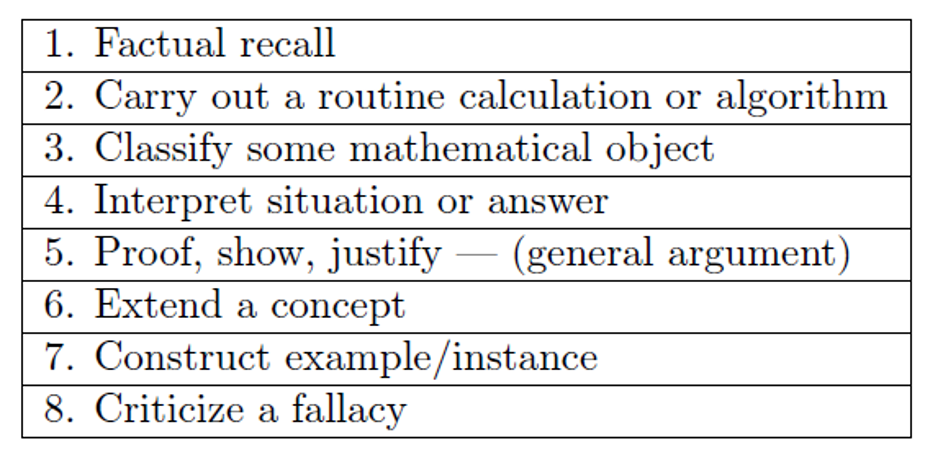

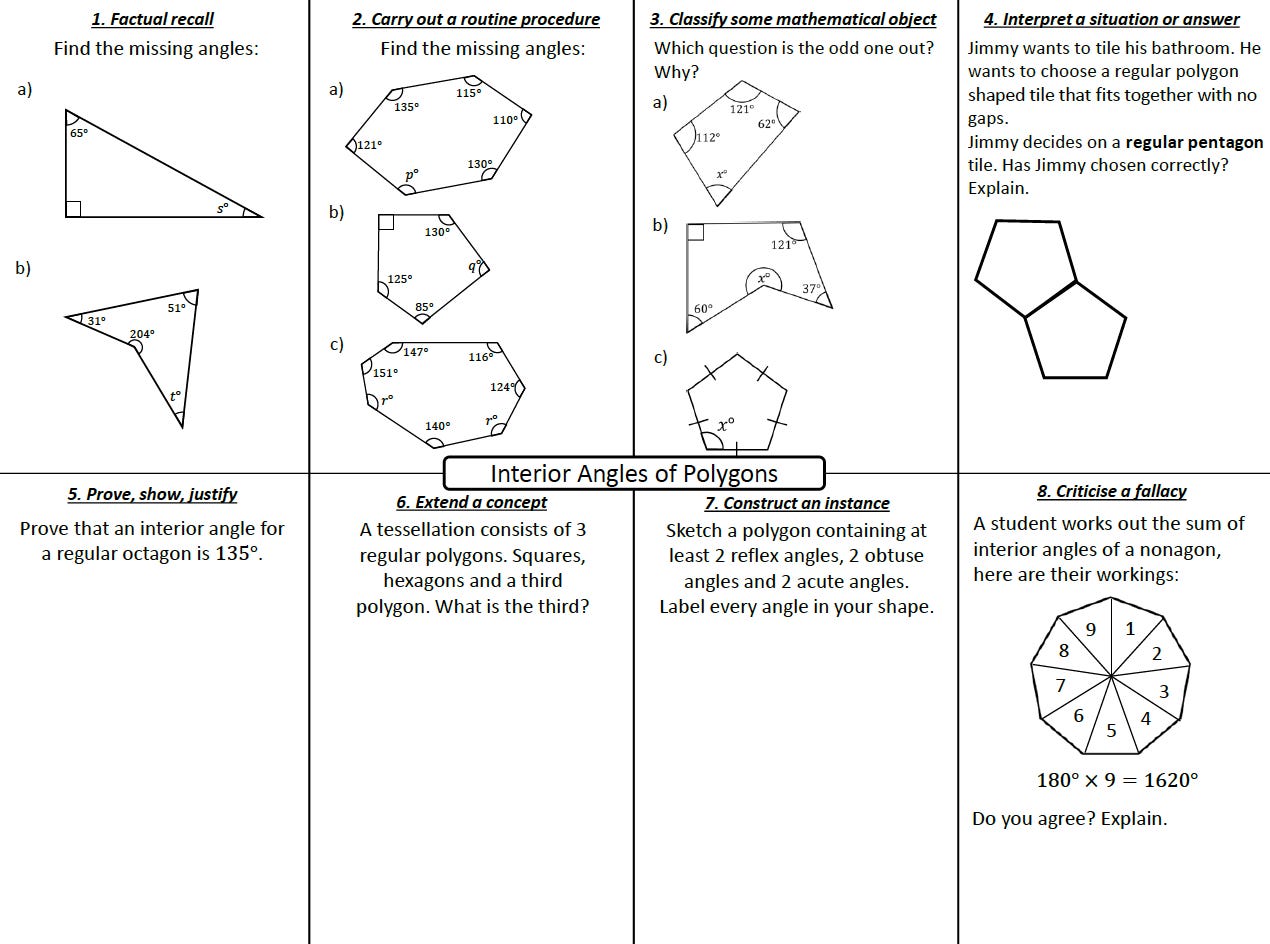
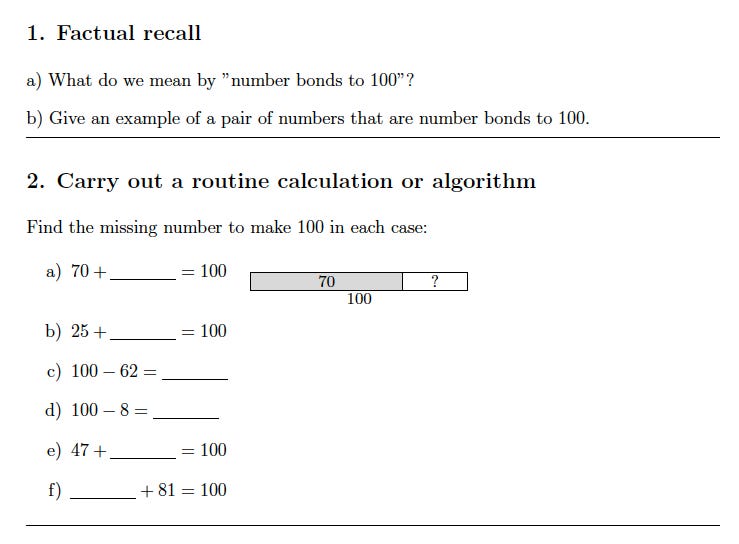
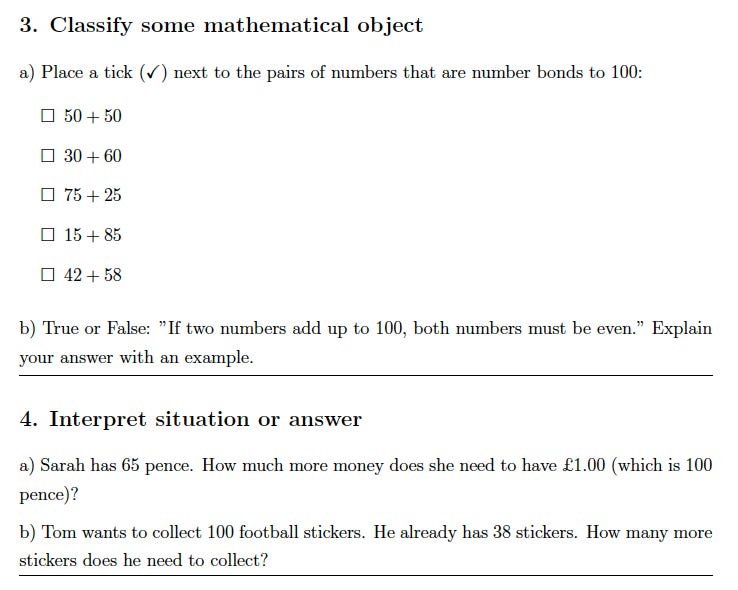
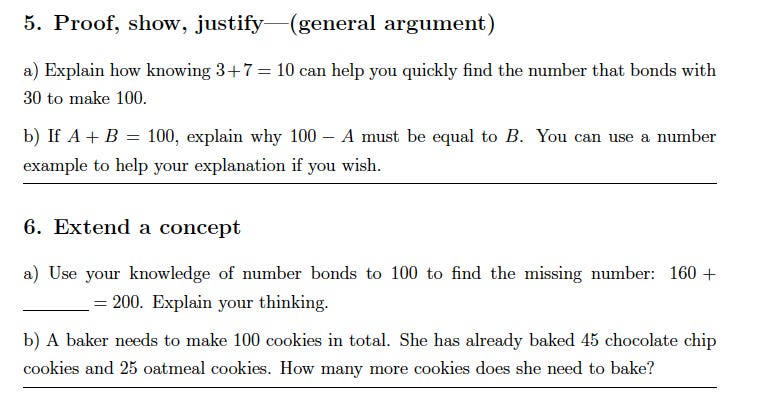
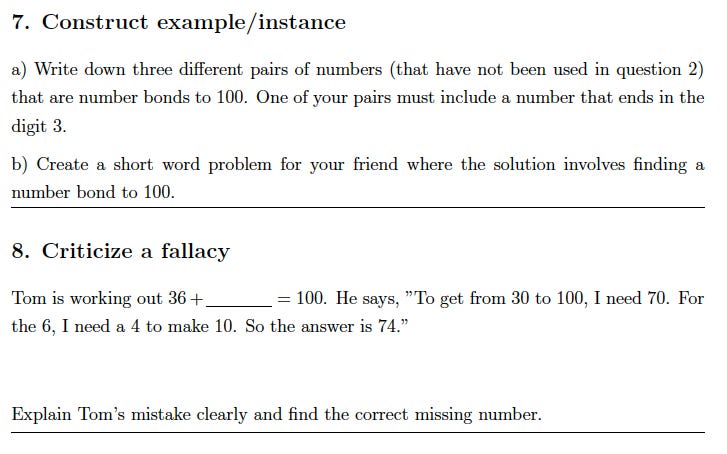

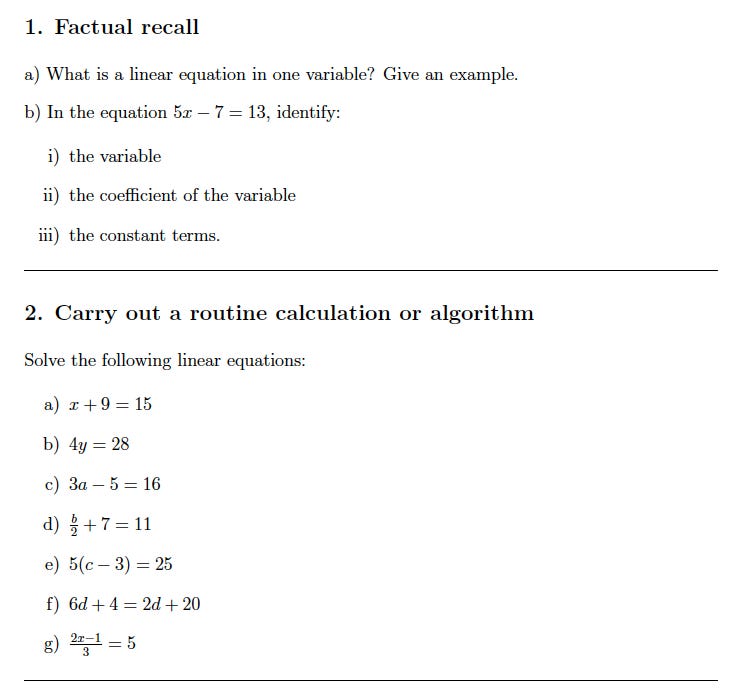
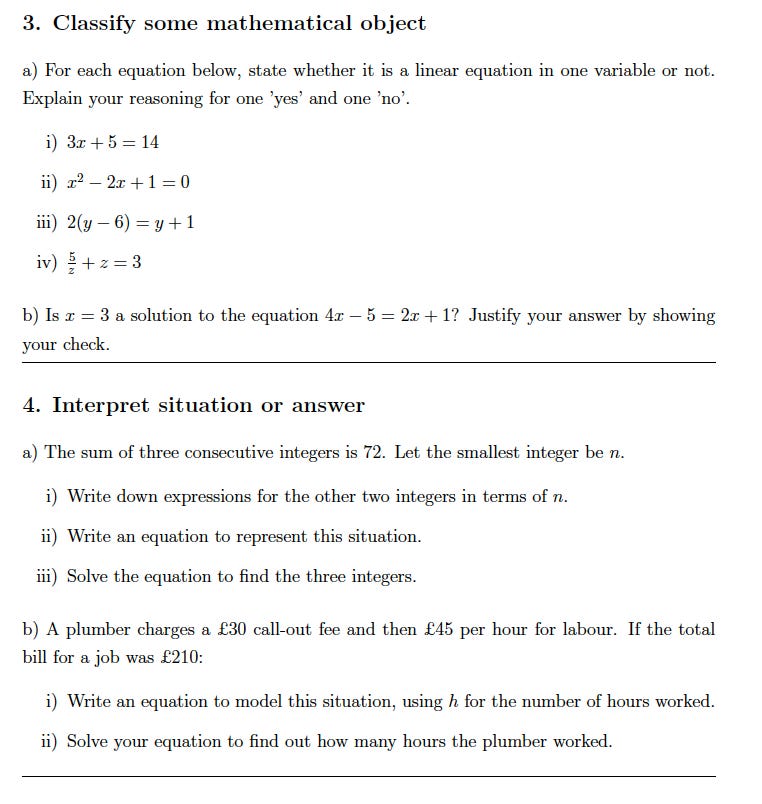
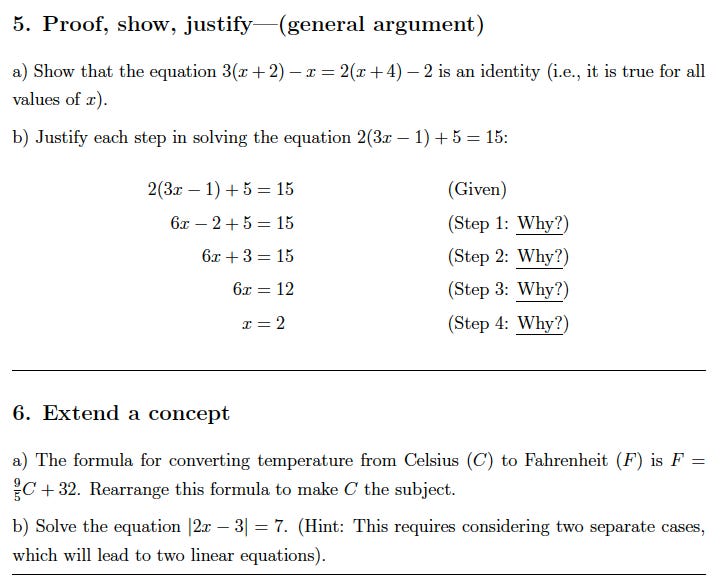
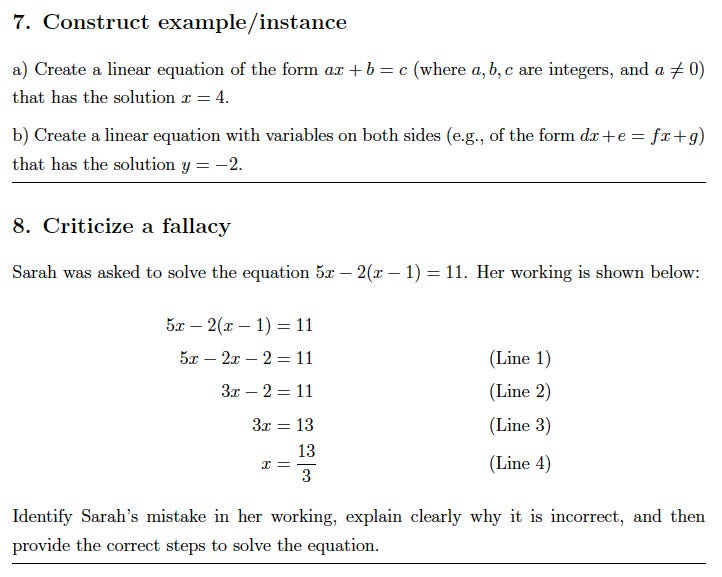
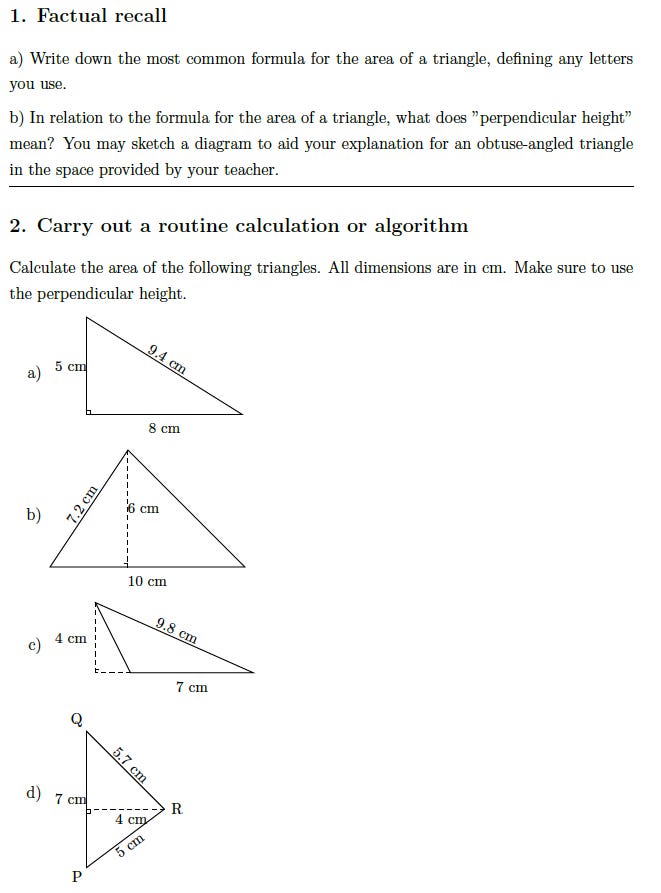
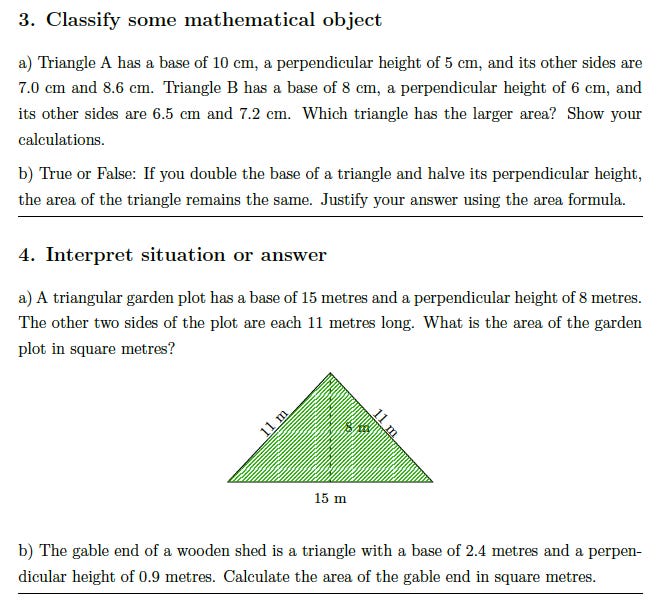


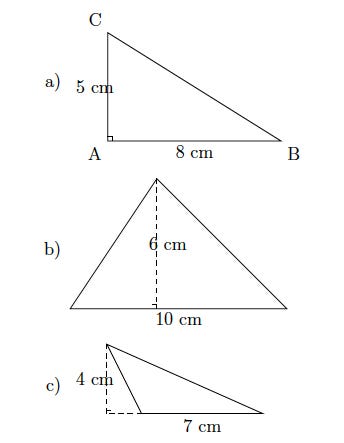
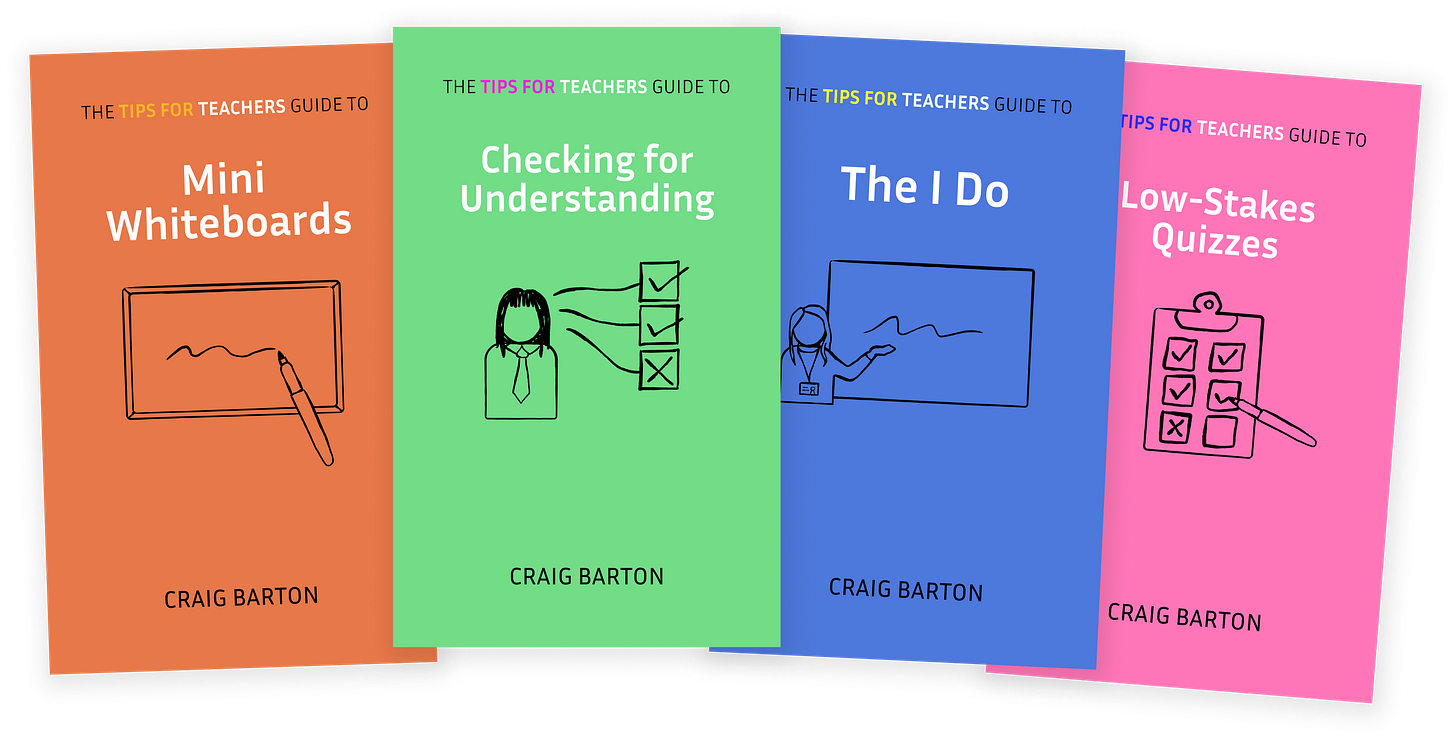
No, I think talking to AI this way forces teachers to think much harder about the learning process and student misconceptions. This will accelerate their progress as teachers. I love the way you keep returning to test AI capabilities.
There are two things that are on my mind after reading this.
1) we have to test AI created resources long term to see whether it works - my instinct is telling me that there will be certain repetitiveness of the design.
2) as a teacher I have to read and consider many incorrect solutions. Using AI expects me to fact check again. So I will be reading a material that is incorrect. It may be actually easier to create a resource. Not saving the time. It is more about the mind being exhausted from constant task switching and focusing on creating a task (without AI) may allow my mind to focus in a different (undisrupted) way.